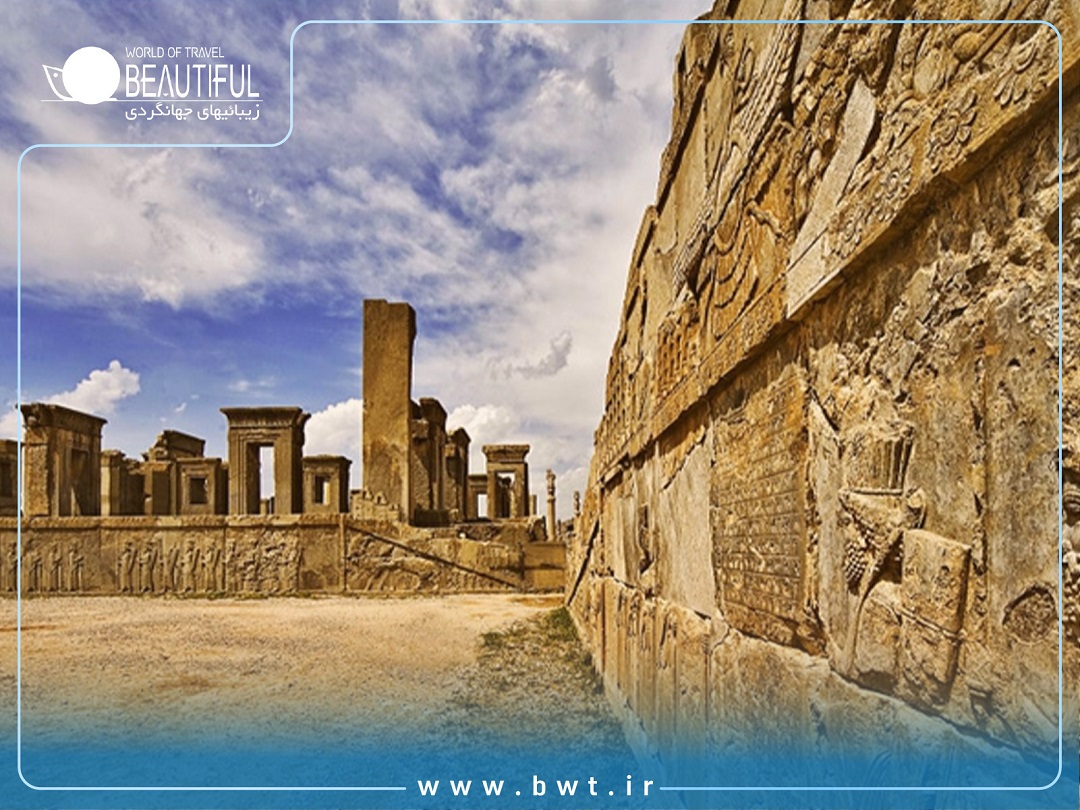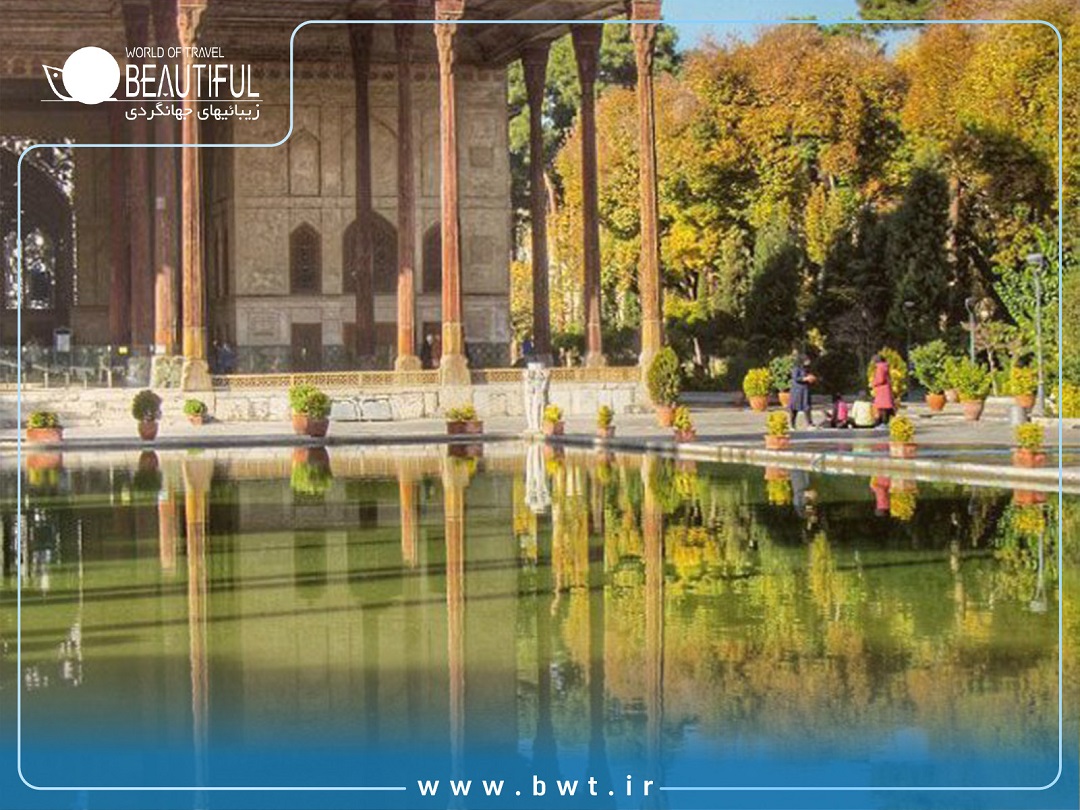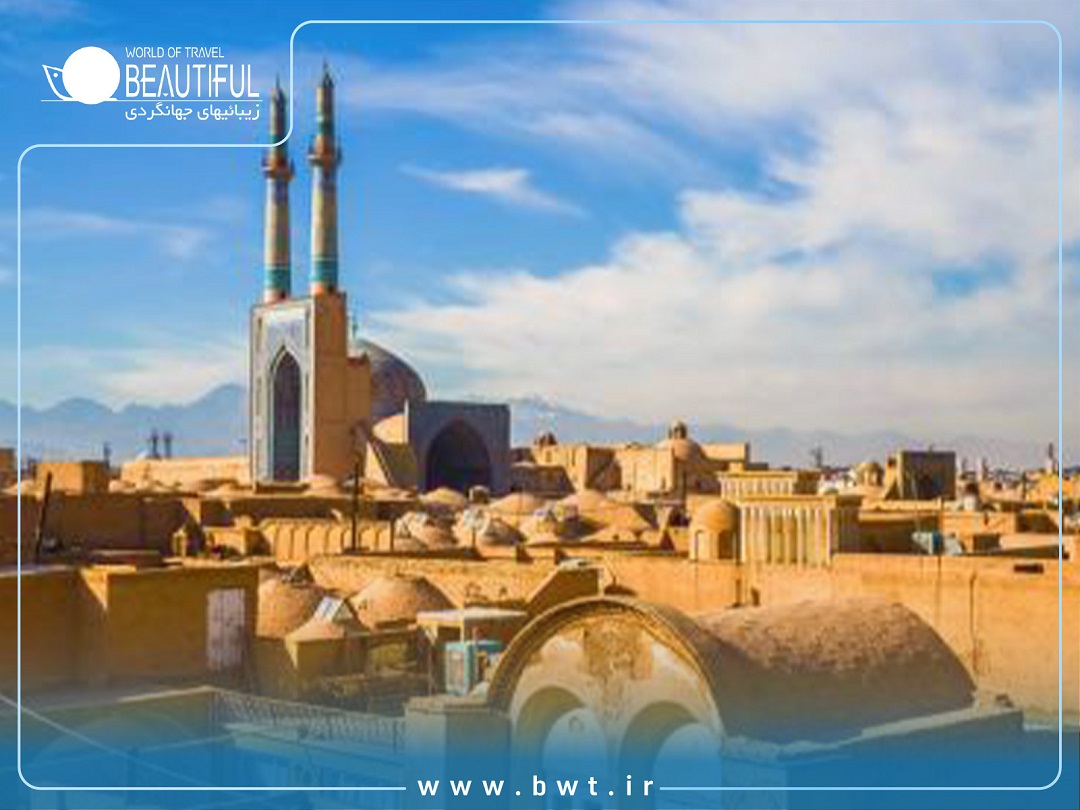Iran's rich cultural heritage is intricately woven into the fabric of its ancient artifacts and archaeological wonders. The nation is home to some of the oldest and most priceless relics in the world. These ancient artifacts, antiques, and old objects hold immense historical and spiritual value, showcasing the greatness of civilizations that have flourished on this land. In this article, we explore the fascinating history and significance of ancient Iranian artifacts, some of which have found their way into museums across the world, allowing global audiences to admire the artistry of the Iranian people from times long past.
The Value of Antiquities and Ancient Artifacts
Antiques and ancient artifacts are considered not just valuable due to their monetary worth but also for their profound historical significance. In the world of archaeology, there are various categories of historical items, and many of these pieces are the oldest recorded in history. The term "antique" comes from the French word antique, meaning "old." Antiques, ancient artifacts, and old precious objects have been rediscovered and revived in modern times, driven by societal demand and an increasing interest in preserving the past. These items, although crafted in different epochs, reflect distinct styles and periods, each contributing uniquely to the cultural legacy of Iran.

Exploring the Rich History of Iran's Ancient Artifacts
Iran's archaeological sites have yielded numerous treasures, some of which are among the oldest discovered anywhere in the world. These ancient artifacts, whether pre-Islamic or post-Islamic, showcase the artistic and technological advancements achieved by Iranian civilizations over millennia. For example, the oldest manuscripts of the Shahnameh, the Cyrus Cylinder, and even the monumental stone carvings of Persepolis, stand as symbols of Iran’s grandeur throughout history. Despite the challenges of time and invasion, many of these artifacts have been preserved and are now housed in museums globally, from the Louvre in Paris to the British Museum in London.
Ancient Iranian Artifacts in Global Museums
Numerous famous ancient Iranian artifacts have made their way to museums around the world. Some of these objects, like the Lamassu statues (winged bulls with human faces), have been showcased in museums such as the Louvre in Paris and the Metropolitan Museum of Art in New York. These majestic statues, which once guarded the entrances of palaces in ancient Iran, embody the intersection of art, religion, and power. They reflect the skill and creativity of Iranian artisans, and their intricate designs are a testament to the significance placed on these objects by the ancient Persians.
In addition to the Lamassu, many ancient Iranian items are housed in prestigious museums globally, such as the Cyrus Cylinder in the British Museum and the Shahnameh manuscripts in the Topkapi Palace in Istanbul. These objects are not only works of art but also key historical documents that provide insight into the values and ideologies of ancient Iranian societies.

Ancient Iranian Glass Artifacts
One of the lesser-known yet striking examples of Iran's ancient craftsmanship is its glasswork. The art of glassblowing in ancient Iran reached remarkable heights, particularly during the Sassanid period. The intricate glass artifacts, made of silica, sodium carbonate, and lime, were decorated with fine carvings and inlays, showcasing the technological advancements of the time. These glass objects were traded across borders, reaching far-off lands like Japan and China. Today, many examples of this stunning craftsmanship are on display in the Tokyo National Museum, offering a glimpse into the refined art of ancient Iranian glassmaking.
The Role of Ancient Artifacts in Iranian Culture
Iran’s cultural identity is deeply intertwined with its ancient artifacts. These objects, ranging from pottery and textiles to architectural remnants and sculptures, reflect the richness of Iranian civilization. The ancient Persians, for example, developed sophisticated methods of pottery, and their ceramic pieces were often adorned with colorful designs and motifs. These ceramics not only served as functional items but also as expressions of artistry and craftsmanship that have endured the test of time.
Following the advent of Islam, Iranian artists faced new challenges, including restrictions on certain types of art. For instance, due to religious prohibitions, the depiction of humans and animals became taboo, prompting artists to focus more on intricate calligraphy and abstract designs, which flourished in Islamic Iran. These transformations are clearly visible in the artifacts from the post-Islamic era, where Persian artists adapted their traditional skills to create beautiful works of art that combined Islamic themes with pre-Islamic Iranian artistic heritage.
The Evolution of Iranian Ceramics and Pottery
Among the most iconic of Iran’s ancient art forms is pottery and ceramics. Iranian ceramics have long been renowned for their beauty and craftsmanship, especially during the pre-Islamic period. The techniques used in making these ceramics were passed down through generations, often involving intricate designs and detailed glazing. The ceramic artifacts found in places like Susa, Chogha Zanbil, and the ancient city of Persepolis offer a tangible connection to Iran's distant past. These pieces are not just aesthetic objects; they tell stories of everyday life, religion, and the social dynamics of ancient Iranian civilizations.
During the Islamic period, the art of ceramic production underwent a transformation, merging with Islamic calligraphy and the new aesthetic tastes that emerged under Islamic rule. Iranian artisans began incorporating intricate geometric designs and Arabic calligraphy into their ceramic works, which became widely admired for their innovative approach.
Famous Ancient Artifacts: From the Lamassu to the Shahnameh
Perhaps some of the most renowned ancient artifacts from Iran include the Lamassu sculptures, which were originally placed at the gates of Persepolis to protect the royal palaces. These magnificent winged creatures, with the body of a lion, the wings of an eagle, and the head of a human, symbolized the power and divine protection of the Persian kings. Today, these statues can be found in major museums around the world, including the Louvre and the British Museum.
Another remarkable artifact is the Cyrus Cylinder, often considered the first human rights charter. This ancient clay cylinder, inscribed in Akkadian cuneiform, was created under the reign of King Cyrus the Great and laid out principles of justice and human rights. It has been a symbol of ancient Iranian values, and it is currently housed in the British Museum.
Similarly, the Shahnameh manuscripts are among the oldest and most valuable texts in Persian literature. The illuminated manuscripts of the Shahnameh, which recount the mythical and historical tales of Persian kings and heroes, are prized for their artistic value as much as their literary significance. These manuscripts are an integral part of Iran’s cultural heritage and are preserved in museums like the Topkapi Palace Museum in Istanbul.
The Importance of Preserving Ancient Iranian Artifacts
The preservation of ancient Iranian artifacts is crucial for understanding not only the history of Iran but also the broader history of human civilization. These artifacts offer a window into the social, political, and technological advancements of the time. They also help modern audiences appreciate the artistry and creativity of ancient Iranian societies, which were influential in shaping the course of world history.
Museums around the world play a vital role in preserving and showcasing these ancient treasures, making them accessible to people from all walks of life. However, with the proliferation of fake antiquities and the illicit trade in stolen artifacts, it is increasingly important to ensure that these ancient objects are safeguarded and displayed in reputable institutions.

Museum of ancient Iran
The ancient artifacts of Iran, whether in the form of exquisite pottery, intricate glasswork, or monumental sculptures, offer a tangible link to the past. These objects, now preserved in museums across the world, continue to captivate audiences and inspire awe. By journeying through the Museum of Ancient Iran and its vast collection, we gain a deeper understanding of the country's rich cultural heritage and the indelible mark that ancient Iranian civilizations have left on the world.














